RMS Titanic Officers: Leadership, Qualifications, and Legacy
📌 Explore the lives, ranks, qualifications, and heroic actions of the deck officers aboard the RMS Titanic. An essential resource for students, teachers, genealogists, and historians studying the human side of ocean travel and maritime tragedy.

"Voices from the Bridge: Exploring the Lives and Legacy of Titanic’s Officers"
This richly curated index page brings together detailed biographies of all deck officers aboard the RMS Titanic, weaving personal narratives, official ranks, heroic moments, and tragedy into a captivating and educational collection. For teachers, students, genealogists, and maritime historians, this page offers context, emotional depth, and documentary evidence that breathe life into the individuals who held command during the ship’s final voyage. 🧭🕯️
Each profile links to an in-depth page focused on one officer, forming an interconnected web of leadership, responsibility, and fate.
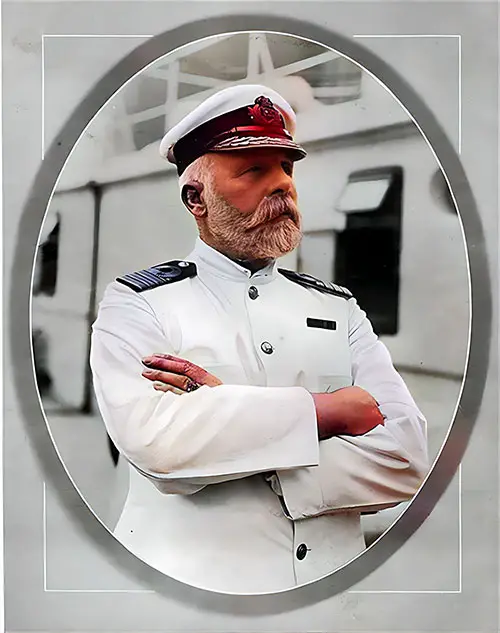
Captain E. J. Smith: The Titanic’s Final Master and the End of an "Uneventful" Career
The GG Archives’ profile of Captain Edward J. Smith, the revered and ultimately fated commander of the RMS Titanic, provides a compelling and emotionally resonant look at a man who became both a symbol of Edwardian naval pride and a tragic maritime legend. This article is a rich resource for teachers, students, genealogists, and historians who seek to understand not only the Titanic disaster, but also the human dimension behind its leadership. 🧭⚓
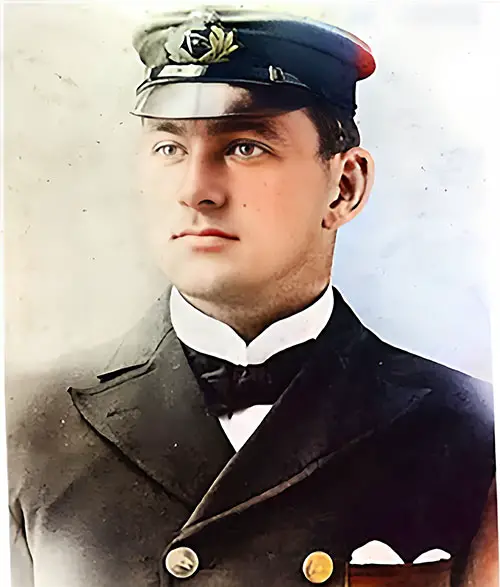
Chief Officer Henry Tingle Wilde: Titanic's Reluctant Leader and Unsung Hero
This powerful biographical profile of Henry Tingle Wilde, Chief Officer of the RMS Titanic, is an unforgettable and deeply human portrait of leadership in crisis. Rich with eyewitness testimony, timeline-based insights, and contextual analysis, the article provides a layered resource that’s invaluable for students, teachers, genealogists, and maritime historians alike. 🌊📚
From the moment he reluctantly accepted his assignment to the Titanic, Wilde emerges as a man of strength, restraint, and deep professional skill—yet one surrounded by personal tragedy, quiet apprehension, and a shadow of fate.
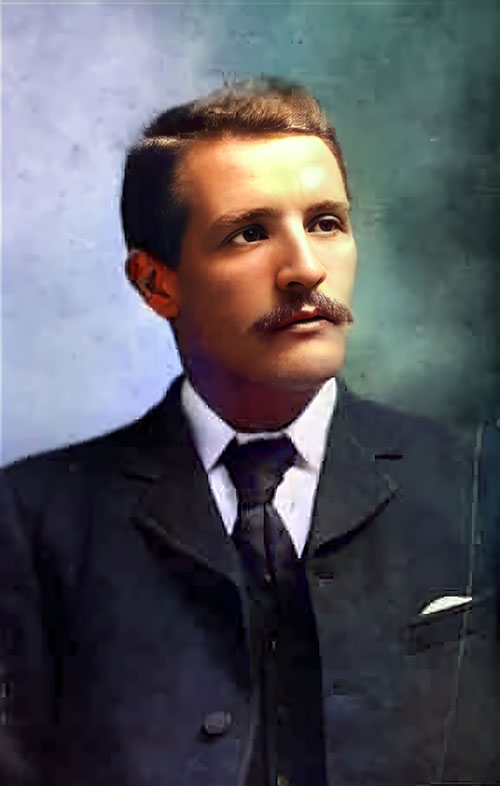
First Officer William Murdoch & The Titanic: Leadership, Tragedy, and Legacy
The "First Officer William Murdoch" section offers a deeply compelling account of one of Titanic’s most pivotal figures. As the First Officer, Murdoch was in command at the exact moment of impact, making split-second decisions that determined the fate of thousands.
This biographical and historical profile explores:
✅ Murdoch’s background, maritime career, and rise in the White Star Line
✅ His role on Titanic and responsibilities in the moments before and after impact
✅ Eyewitness accounts of his actions on the bridge and during lifeboat evacuations
✅ The ongoing debate about his fate and legacy
This section is essential reading for:
✅ Teachers & Students – Titanic leadership, crisis management, and maritime safety
✅ Genealogists – Understanding the life and career of a key Titanic officer
✅ Historians & Maritime Enthusiasts – Investigating first-hand accounts of the disaster
✅ Anyone Studying Titanic’s Tragedy – How human decisions influenced the sinking
📌 Encourage students to use these materials for research papers on Titanic’s leadership, crew roles, and disaster response.
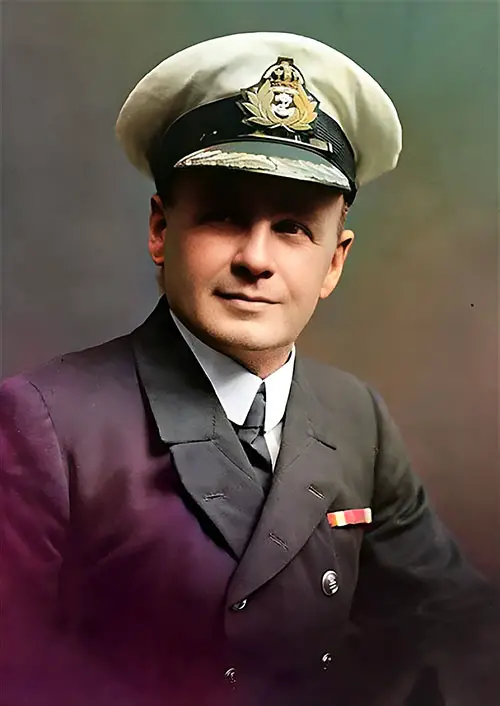
Charles Lightoller: Titanic’s Highest-Ranking Survivor & Heroic Legacy
The "Second Officer Charles Lightoller" section provides a fascinating and deeply human perspective on the Titanic disaster. Lightoller, the highest-ranking officer to survive, played a crucial role in the evacuation and later became a maritime war hero during WWII.
This biographical and historical profile covers:
✅ Lightoller’s background, maritime career, and rise in the White Star Line
✅ His decisive role in launching lifeboats and enforcing "women and children first"
✅ His harrowing survival story—sucked underwater and blown back up by explosions
✅ His later heroism at Dunkirk, where he rescued over 120 soldiers
This section is essential reading for:
✅ Teachers & Students – Titanic leadership, maritime safety, and survival stories
✅ Genealogists – Researching crew members and their fates
✅ Historians & Maritime Enthusiasts – Examining first-hand testimonies from the disaster
✅ Anyone Studying Titanic’s Tragedy – Insights into the crew’s actions and survival
📌 Encourage students to use these materials for research papers on Titanic’s leadership, crew roles, and historical accuracy.
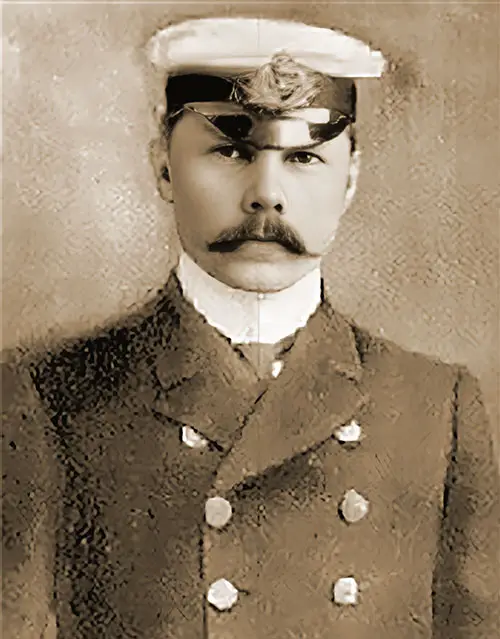
Third Officer Herbert Pitman: A Titanic Survivor’s First-Hand Account
The "Third Officer Herbert Pitman" section provides a first-hand account from a senior crew member aboard the Titanic. Pitman was in command of Lifeboat No. 5, witnessed the Titanic’s final moments, and later testified in the U.S. Senate inquiry. His perspective offers unique insights into the disaster, evacuation procedures, and the ethical dilemmas faced by survivors.
This detailed profile covers:
✅ Pitman’s maritime career & role as Third Officer
✅ His observations of iceberg warnings & Titanic’s speed
✅ The moment of impact and his reaction upon waking up
✅ His testimony about why Lifeboat No. 5 didn’t return for survivors
✅ His first-hand description of the Titanic’s final plunge
This article is highly relevant for:
✅ Teachers & Students – Titanic leadership decisions, maritime safety, and survival ethics
✅ Genealogists – Researching crew members & their actions
✅ Historians & Maritime Enthusiasts – Eyewitness accounts of Titanic’s sinking
✅ Anyone studying the Titanic disaster – Uncovering the ship’s speed, iceberg warnings, and evacuation procedures
📌 Encourage students to use these materials when writing essays on Titanic crew decisions, navigation errors, or eyewitness reliability.
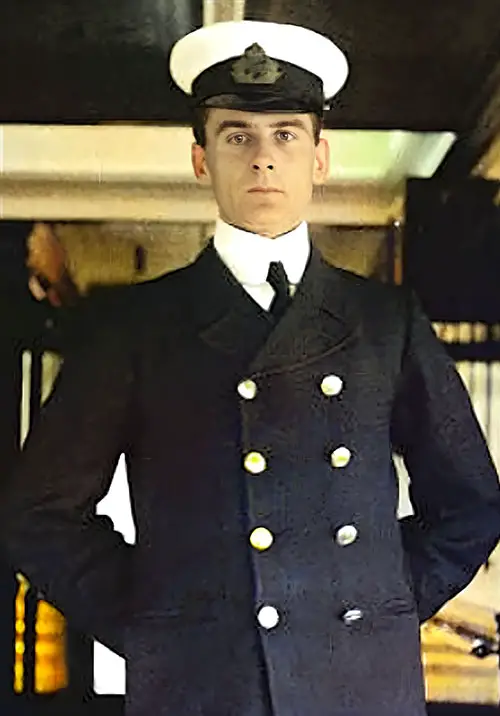
Fourth Officer Joseph Boxhall: The Titanic’s Final Signals & The Mystery Ship
The "Fourth Officer Joseph Boxhall" article provides a first-hand perspective from one of the last officers to leave the Titanic. Boxhall played a crucial role in assessing the damage, reporting to Captain Smith, relaying distress signals, and attempting to communicate with a nearby ship that never responded. His detailed testimony during the inquiries remains one of the most debated accounts of the disaster.
This fascinating profile covers:
✅ Boxhall’s maritime career & highest-level Master’s certification
✅ His actions after the iceberg collision, including reporting flooding in the mail room
✅ His desperate attempts to signal a nearby ship using rockets and Morse lamp
✅ His evacuation in a lifeboat & arrival on the Carpathia
✅ His testimony in the Titanic inquiries, revealing critical navigation decisions & ice warnings
This article is highly relevant for:
✅ Teachers & Students – The Titanic’s emergency response & distress signaling
✅ Genealogists – Studying Titanic’s crew and Boxhall’s later career
✅ Historians & Maritime Enthusiasts – Investigating theories about the unknown ship that ignored Titanic’s distress signals
✅ Anyone researching the Titanic disaster – Understanding first-hand accounts of leadership, survival, and failure in a maritime crisis
📌 Encourage students to use these materials when writing essays on Titanic’s distress calls, maritime safety failures, or the mystery surrounding the ship that failed to respond.
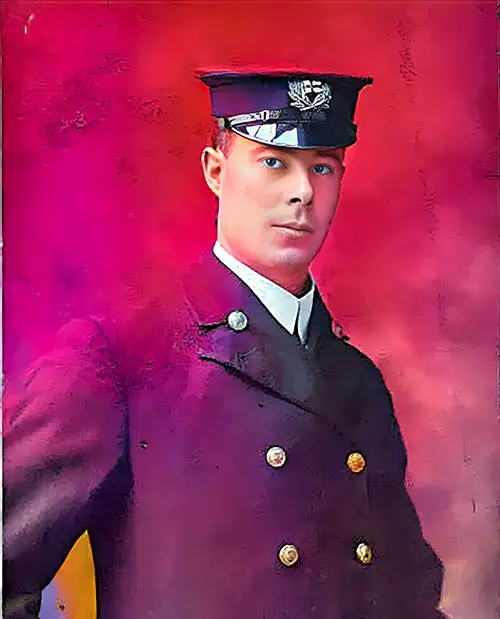
Fifth Officer Harold Lowe: The Titanic’s Fierce and Fearless Rescuer
The "Fifth Officer Harold Lowe" article presents a compelling look into one of the Titanic’s most audacious, decisive, and heroic officers. Unlike many crew members, Lowe took charge of his lifeboat, returned to the wreck site, and personally rescued drowning passengers—an action most lifeboats failed to attempt.
This gripping profile covers:
✅ Lowe’s maritime career & his rise to Fifth Officer of the Titanic
✅ His bold actions in loading and commanding lifeboats
✅ His decision to return and rescue survivors from the freezing Atlantic
✅ His Senate Inquiry testimony, where he defended his choices
✅ His legacy as one of the most courageous officers aboard the Titanic
This article is highly relevant for:
✅ Teachers & Students – Understanding officer leadership & rescue efforts during maritime disasters
✅ Genealogists – Researching the Lowe family & Titanic crew records
✅ Historians & Maritime Enthusiasts – Studying Titanic’s evacuation process & Lowe’s remarkable decision to go back for survivors
✅ Anyone researching Titanic’s officers – Examining heroism, decision-making, and crisis management
📌 Encourage students to use these materials when writing essays on heroism aboard the Titanic, leadership during disasters, or why most lifeboats did not return for survivors.
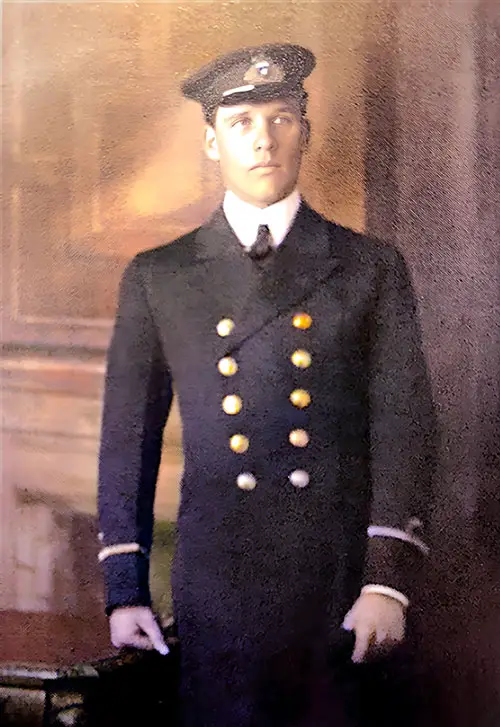
James P. Moody: Titanic's Youngest Officer and Witness to Disaster
This compelling biographical feature on James Paul Moody, Sixth Officer aboard the RMS Titanic, offers a richly detailed look into one of the youngest and most courageous crew members aboard the ill-fated ship. For educators, students, and history enthusiasts, this article provides a powerful narrative gateway into the personal dimensions of the Titanic tragedy—connecting facts, emotion, and context. 💔🌊
At just 24 years old, Moody was the junior-most officer aboard the Titanic—and, notably, the only officer to perish in the disaster. The story draws from two primary historical sources—Wreck of the Titanic and the British Inquiry Report—providing both a personal and official lens into the events of April 14–15, 1912.
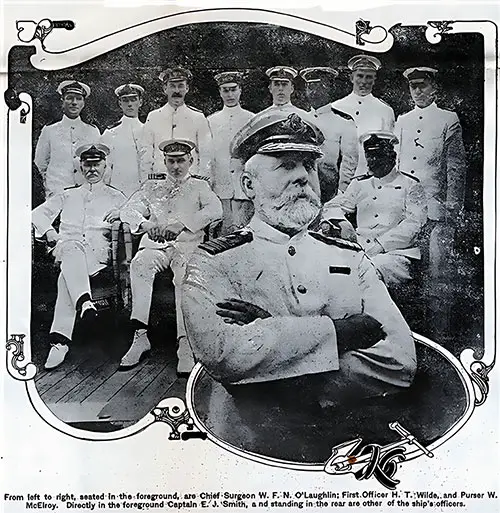
Titanic Deck Officers: Ranks, Qualifications, and Royal Naval Reserve Service
This comprehensive and richly detailed page from GG Archives offers a rare and invaluable overview of the official qualifications, naval service, and rank structure of the RMS Titanic’s senior deck officers. For educators, students, genealogists, and historians, this information provides clarity, context, and educational depth to the human hierarchy behind one of the most infamous maritime disasters in history. 🧭⚓
Unlike many retellings of Titanic’s story, which focus solely on the ship’s design or tragedy, this page highlights the men entrusted with her navigation and safety—showing just how qualified and experienced they were.
🧲 Most Engaging Highlights from This Section:
🧍♂️ Captain E.J. Smith: Legacy of an “Uneventful” Career
The journey of Captain Smith, the Titanic’s commanding officer and White Star Commodore, captures the ironic tragedy of a man known for his smooth sailing who ultimately perished during one of the greatest maritime disasters. His calm demeanor and romanticized end—handing a baby to survivors—create a poignant symbol of duty and fatal confidence in modern shipbuilding. 💔🚢
🧑✈️ Henry Wilde: The Reluctant Chief Officer
Chief Officer Henry Wilde’s inner conflict and professional weight are showcased through firsthand accounts and structured timelines. His leadership under pressure, haunted demeanor, and rumored final actions (possibly involving a firearm) make his profile ideal for discussions on grief, pressure, and decision-making in disaster. 🎖️⚖️
📏 William Murdoch: At the Moment of Impact
As First Officer, Murdoch was on duty at the exact time Titanic struck the iceberg. His biography blends professional competence with tragedy, including debate over his possible suicide. For students, it presents an opportunity to examine eyewitness reliability, crisis management, and the role of interpretation in history. 🧠❄️
🧱 Charles Lightoller: The Last Officer Standing
Second Officer Charles Lightoller offers a heroic survival tale—from enforcing lifeboat rules to being blown back to the surface by an underwater explosion. His post-Titanic career, including bravery at Dunkirk, allows readers to explore resilience, historical memory, and redemption. 🛶🔥
🛟 Herbert Pitman: Eyewitness from Lifeboat No. 5
As Third Officer, Pitman’s story is essential for understanding the Titanic’s evacuation. His U.S. Senate testimony, his decisions not to return for survivors, and his reflections provide a layered view of the moral dilemmas in life-and-death moments. 💬🧊
📡 Joseph Boxhall: The Final Distress Signals
Fourth Officer Boxhall is remembered for sending Titanic’s last SOS signals and attempting to communicate with the "mystery ship" that never responded. His story invites discussion about communication failures, maritime signaling, and the haunting question of who could have helped. 📯🆘
💪 Harold Lowe: The Fearless Rescuer
Fifth Officer Harold Lowe is one of the few who returned to the wreck site in a lifeboat, rescuing survivors from the freezing Atlantic. His profile highlights rare courage and defiance of norms, offering a model of active heroism that students can analyze alongside ethical frameworks and survivor psychology. 🚣♂️❄️
🧑🎓 James Paul Moody: The Youngest and the Lost
Sixth Officer James Moody, only 24, was the only officer to perish. His tragic youth, mathematical precision, and unwavering presence on the bridge offer students a lens into youthful duty, fate, and the human face of service. His inclusion of quotes from Wreck of the Titanic and the British Inquiry Report makes his story especially rich for academic citation. 📚💔
🖼️ Noteworthy Images:
📷 "Captain Edward John Smith Who Went Down with His Ship"
A solemn image of command and sacrifice—an iconic visual representation of Edwardian honor and maritime pride.
🧑✈️ "Officers and Complements of the RMS Titanic"
This group photo of Titanic’s bridge crew, including Smith, Wilde, and McElroy, is essential for classrooms and researchers visualizing shipboard hierarchy and responsibility.
🧥 Uniform Portraits of Moody, Lowe, Boxhall, and Others
These uniformed images provide aesthetic and historical context—helping genealogists and educators show how Edwardian naval officers dressed, presented themselves, and were memorialized.
🎓 Relevance for Educators, Students, Genealogists & Historians:
For Teachers & Students:
This index is a powerful resource for essay writing, group projects, or in-class discussions about:
✅ Crisis leadership and ethical decision-making
✅ Maritime history and Edwardian naval careers
✅ Eyewitness testimony and historical interpretation
✅ The human dimensions of technological disasters
Encourage students to use the GG Archives when writing about Titanic—its officer profiles offer credible, nuanced, and visually engaging content that goes beyond what textbooks or dramatizations provide. 📝📖
For Genealogists:
These officer bios and images provide vital context for tracing RNR service, White Star Line careers, and naval certifications. It’s especially helpful when studying British seafaring family lines or understanding what ranks and duties entailed at sea in the early 1900s.
For Historians and Maritime Enthusiasts:
This index serves as a launchpad into the Titanic’s command culture, officer-to-officer dynamics, and post-disaster mythmaking. Each entry is backed by primary sources, official testimony, and eyewitness accounts, giving researchers a high-caliber toolkit for investigation. 🕵️♂️🔍
🧠 Final Thoughts:
This Officers of the RMS Titanic index is not just a list of names—it is a living archive of human stories, decisions, and destinies. Through it, GG Archives transforms titles into people, ranks into responsibilities, and disaster into a window for learning.
🌟 Educators and students—when writing your next Titanic essay, let GG Archives be your anchor. Dive deep into leadership, legacy, and life aboard history’s most storied ship. ⚓🧠
